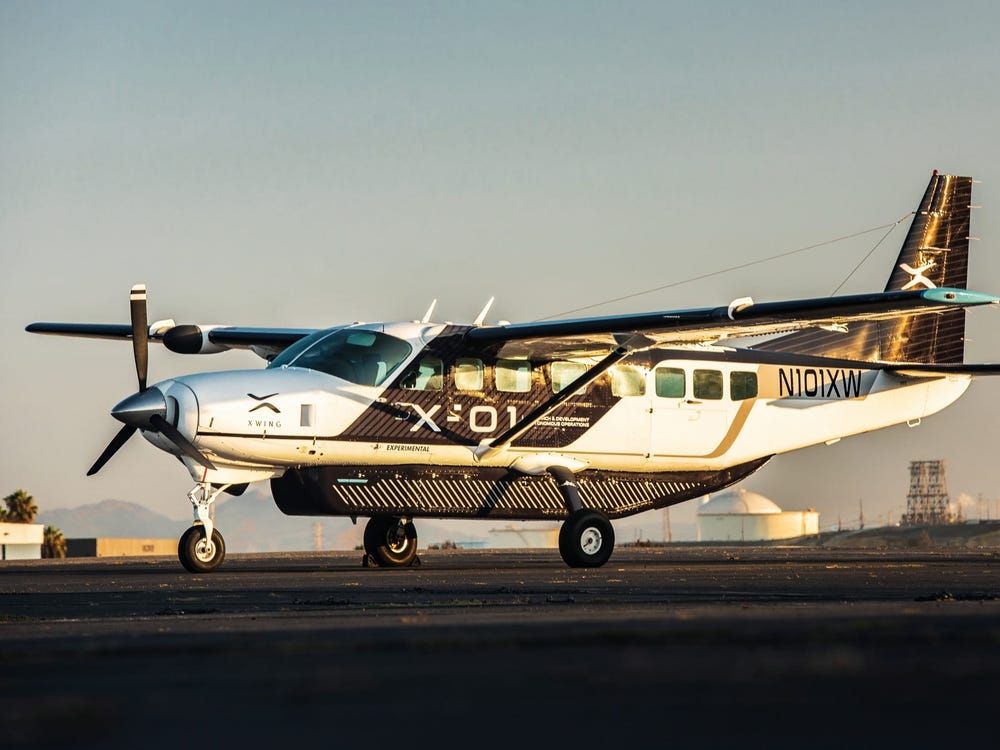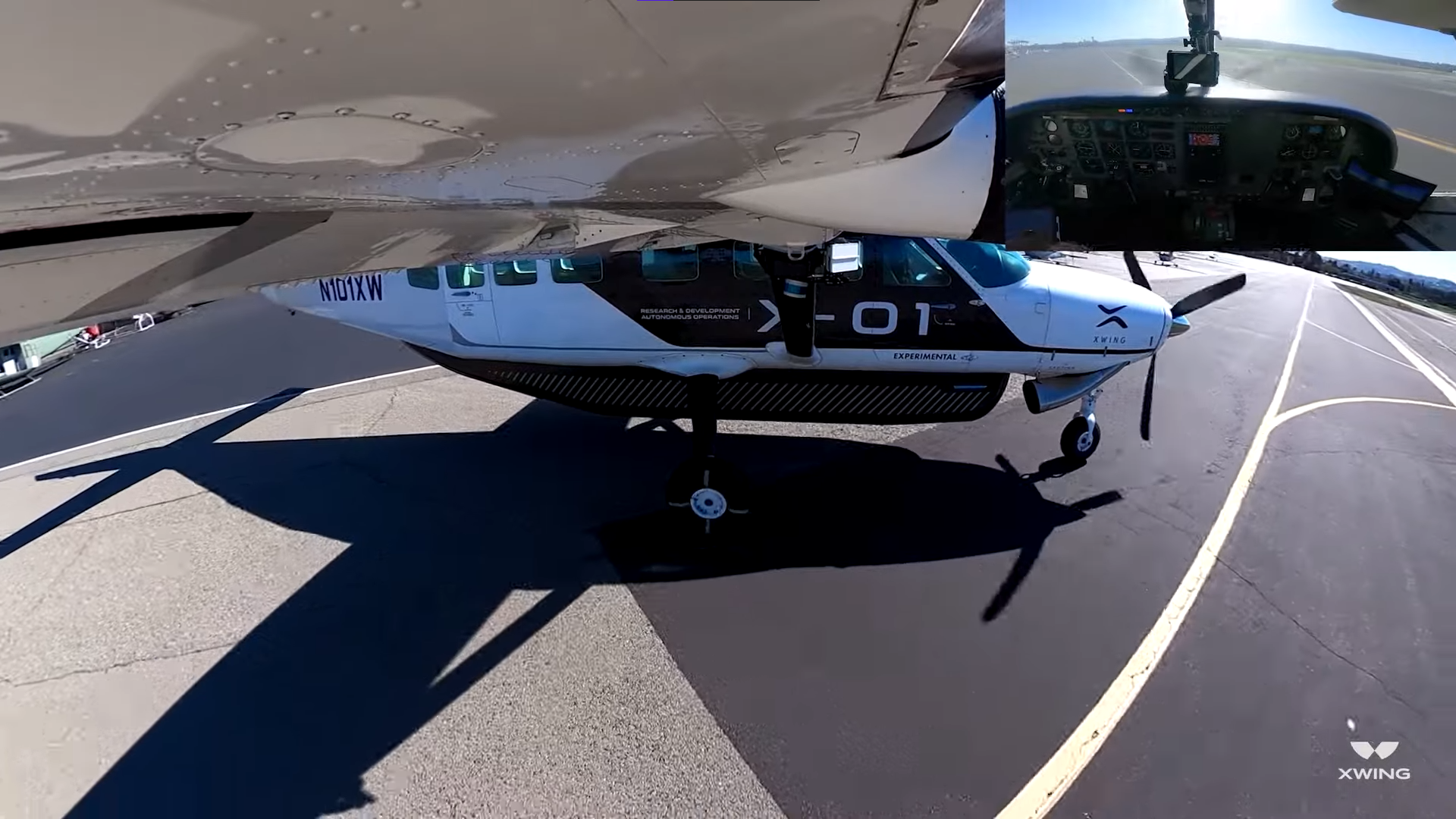Pilot shortages and the underutilization of small regional airports are creating challenges when it comes to serving communities in remote areas. Notably, just 2% of the United States' 5,000 airports handle 96% of its air traffic. With this in mind, Xwing is keen to accelerate the introduction of autonomous flight to cater to underserved markets.
Rapid progress
Initially concentrating on cargo segments, the Xwing also has its eyes on passenger and regional air mobility opportunities down the line. It has raised millions of dollars to help fund its mission over the last couple of years, and significant operational progress has already been made.
In late 2020, the company completed the first fully autonomous air cargo delivery, bringing PPE and school supplies to the Navajo Nation. With a special Airworthiness Certificate to demonstrate the market suitability of Xwing’s autonomous technology, the flight was fully automated from takeoff to landing. Adhering to FAA regulations, a safety pilot was on board the flight. However, they did not handle the controls during the 4-hour trip.
Unique system
Unlike traditional autopilot systems, Xwing's software integrates external data sources, including airspace, airport, weather, and terrain maps, with real-time sensor data, such as camera, radar, and lidars. This procedure gives the aircraft a comprehensive view of the environment.
Kevin Antcliff, Product Lead at Xwing, told Simple Flying the following about the end-to-end autonomy process:
“Once the Xwing Autoflight system is engaged, the aircraft performs automated preflight checks to ensure that all of the controls are working properly. The ground operator then communicates the intent of the aircraft to air traffic controllers, generating a taxi path based on the instructions that it receives from ATC. Once the aircraft is cleared for takeoff, our automated path planning maximizes runway use and a continuous transition to takeoff occurs. Data from ADS-B, radars, cameras, and a detect-and-avoid system is fused to automatically maintain safe separation from surrounding traffic. This data also allows for both top-down and 3D views to provide situational awareness for the remote operator. Before landing, the aircraft performs several automated checks, lands automatically, then automatically generates a taxi path from the runway back to park at the gate based on ATC instructions.”
Stay informed: Sign up for our daily and weekly aviation news digests.
Further developments
Xwing began operating optionally piloted aircraft last year. The company is currently collaborating with regulators to get the technology FAA-certified to catalyze the introduction of autonomous flights into US airspace. The firm also seeks to expand its technology offerings safely and methodically to other areas of commercial aviation beyond the cargo market.
The next mission would be to fit another Caravan to fly as a remotely operated uncrewed unit. This plane will then be certified and incorporated in regular Part 135 commercial operations, "with a goal of full certification in early 2025."
While there may be concerns from crew members across the globe, services utilizing Xwing's technology will primarily be used on an on-demand basis. Therefore, if there is an urgent job in a hard-to-reach area, operators and communities don't need to worry about finding or waiting for personnel to arrive. Therefore, crews can focus on other regular airline operations.
While there have been significant updates in the realm of autonomous flight in recent years., Xwing concludes that its fully autonomous gate-to-gate flight technology “will unlock new economic opportunities for thousands of communities around the country.” The autoflight system is set to increase service levels in small airports. Additionally, the company looks to bolster and revitalize the communities surrounding these sites and improve the quality of life within the regions.
What are your thoughts about Xwing’s autonomous technology? How do you feel these systems will fit in within the industry? Let us know what you think of the plans in the comment section?


